Biseth Family Crest, Coat of Arms & Biseth Name Origin
|
|
|
|
|
| Return to Home page | Bookmark this page | Link to this page | Send a Biseth Postcard |
| Find Your Name | ||||||||
| A | B | C | D | E | F | G | H | |
| I | J | K | L | M | N | O | P | |
| Q | R | S | T | U | V | W | X | |
| Y | Z | |||||||
Biseth Family Crest


Origin of the Name Biseth
The Biseth family history was found in the allfamilycrests.com archives.
Over the centuries Surnames developed a wide number of variants. Different spellings of the same name can be traced back to an original root. Additionally when a bearer of a name emigrated it was not uncommon that their original name would be incorrectly transcribed in the record books at their new location. Surnames were also often altered over the years based on how they sounded phonetically and depending on the prevailing political conditions it may have been advantageous to change a name from one language to another.
Variants of the name Biseth include Bissett, Biscet, Bissott, Bizet, Byssot and Bissat. It is stated that William the Lion, on his return from captivity in Falaise and in England in 1174, brought back young Englishmen of family to seek their fortune in the Scottish Court and among these were the 'Biseys'. This name is found in many mediaeval manuscripts in Scotland and examples of such are Henricus Byset who witnessed a charter by William the Lion granted before 1198. His son John Byset, who witnessed a charter by Henry de Graham in 1204, was the individual who obtained from the King the grant of lands in the North. Like their Irish Kinsmen many Scots were forced to seek emigration after the 1745 Rebellion. There were also clearances of whole populations by landlords during the nineteenth century. In Ireland bearers of the name settled in the Glens of Antrim and assumed the Gaelic name MacEoin, which was later anglicized as McKeown.
The Biseth coat of arms came into existence centuries ago. The process of creating coats of arms (also often called family crests) began in the eleventh century although a form of Proto-Heraldry may have existed in some countries prior to this. The new art of Heraldry made it possible for families and even individual family members to have their very own coat of arms, including all Biseth descendants.
|
WONDERFUL Biseth GIFTS FOR EVERY OCCASION
Show Off Your Heritage With Our Range Of Top Class Gifts For Your Family Name! VERY LIMITED TIME OFFER: FREE DELIVERY!!! |
||
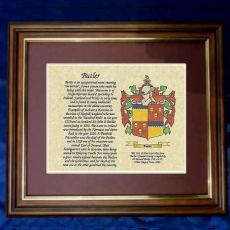 Biseth Parchment Prints: Framed, Unframed, Perfect  |
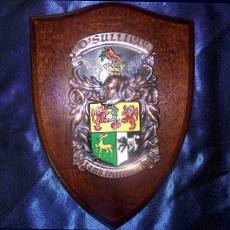 Researched Biseth Hand-Painted Plaques & Shields  |
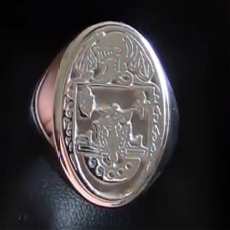 Incredible Hand-Engraved Biseth Signet & Seal Rings  |
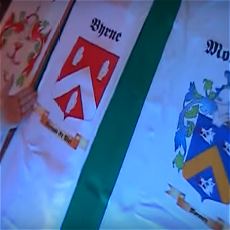 Get your Biseth Family Crest Flag, on Ireland or White background!  |
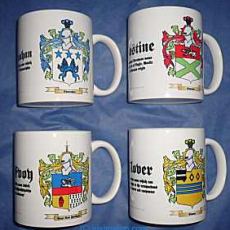 Personalized Biseth Coffee Mugs Make Thoughtful Personalized Gifts  |
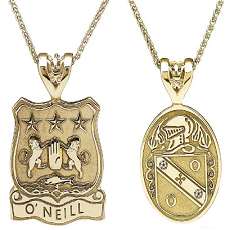 Engraved Biseth Pendants in Gorgeous Gold or Stylish Silver.  |